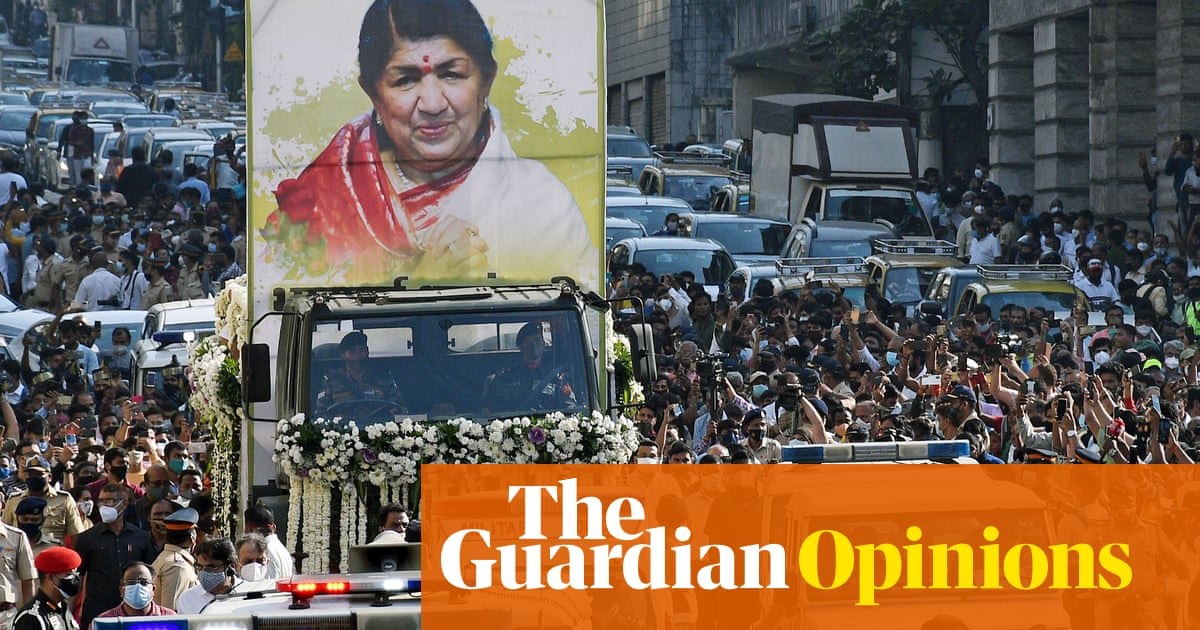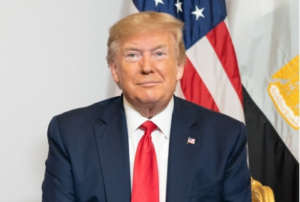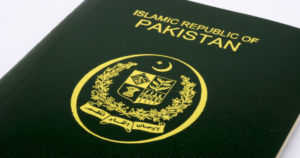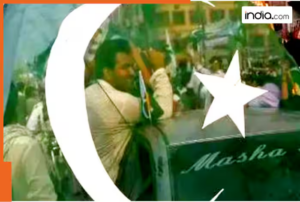
In a remarkable document from the 13th century, a Sufi writer records his epiphany about the prophet Muhammad granting permission to music in India. Quoting an enigmatic utterance of the prophet (“I sense the breath of the Merciful coming from Yemen”), he speculates that the “Yemen” in question is not just the region in the Arabian peninsula, but possibly also the popular Indian raga of the same name. These days, such an innocuous interpretation, linking the founder of Islam to northern Indian music, is certain to incite charges of blasphemy, and perhaps even calls for assassination, across many Muslim populations.
But it would have been uncontroversial, even unremarkable, during much of the last millennium, the centuries during which India was the world’s busiest crossroads, receiving and transmitting cultural influences between east and west, north and south. Artists and thinkers in this time, when India played easy-going host to a polyphony of identities, were oblivious to today’s hotly invoked distinctions of religion and gender. For instance, the 14th-century Sufi poet Amir Khusrau wrote qawwali, a poetic form derived from Arabic chants, using a female persona and with imagery derived from the cult of the Hindu god Krishna. Sri Ramakrishna Paramhamsa, India’s most influential yogi in the 19th century, not only practised both Islam and Christianity; he spent many years dressed as, and imagining himself to be, a woman.
Dividing Line by Zarina Hashmi, an Indian-American artist whose family was displaced by partition. Photograph: Farzad Owrang/© Zarina; Courtesy of artist and Luhring Augustine, New York
Such resourceful creativity helped pre-modern south Asians build a syncretic and broadly pluralistic society. But today it would be stigmatised in Pakistan, the “land of the pure” established 75 years ago this week as a homeland for the subcontinent’s Muslim population. Meanwhile in India, founded at the same time on a promise of secular democracy, a Hindu supremacist regime wants to purify the country’s inescapably impure past, expunging all traces of “non-Hindu” influences, including the Taj Mahal, arguably the country’s most famous monument.
In many ways, the binary constructs of “Indian” and “Pakistani” embody the desolate logic of the event that 75 years ago split British-ruled India in two: the partition, attended by massacres, rapes and large-scale dispossession. Botched products of Britain’s imperialist skulduggery – and fierce struggles for personal power between leaders of the anti-imperialist movement – the new nations were locked right from their birth into military conflict; their pitiless “identity politics” ranges today from intellectual forgeries in history textbooks to the lynching of religious minorities.
The political history of their 75 years – marked by several wars, arms races, anti-minority pogroms, authoritarian rule, and minimal protections for the poor and weak – provokes mostly despair and foreboding. While Pakistan nears economic collapse, Indian fantasies of becoming a superpower lie shattered amid shrivelled growth and ecological calamity. Demagogues in both nuclear-armed countries treacherously exploit the resulting anger and disaffection. While claiming to fulfil the broken promises of modernity, they mobilise the thwarted energies of individual and collective aggrandisement into a mass politics of fear and loathing.
Hopes for a survivable present and viable future depend a great deal on how we understand our inheritance – the long, deep, and still alive past of the Indian subcontinent. Violence and brutality were hardly unknown to it: cities were sacked, massacres and rapes were perpetrated on ordinary people, and places of worship desecrated. Yet it would plainly be a mistake to uphold the parched present of India and Pakistan as evidence of progress in history, and to scorn their shared past as barbaric or backward. For there are millennia-old traditions in the subcontinent that continue to exemplify coexistence, compassion, and even love – in short, every major human value that has gone missing from modern power-crazed ideologies of race, religion, ethnicity, nation and civilisation.
Moreover, that pre-modern past of south Asia, in which individuals had multiple, overlapping identities, is not dead; it is not even the past. It throbs vigorously in the hearts and souls of hundreds of millions of us, turning up unannounced in our everyday lives, lingering in our words, food, clothes, customs, songs.
Our folk religions and cultures, which millions of desis still practise, have never been defined by such quintessentially modern and narrow political oppositions as “Hindu” versus “Muslim”. In the Pakistani town of Sehwan, devotees at the dargāh of the 13th-century Sufi saint La’l Shabāz Qalandar still perform rituals of love mysticism dating back to the ancient temple to Shiva that once stood on the very site. Even young urban south Asians, radicalised by WhatsApp forwards and YouTube videos, are quick to discard their flashy nationalist identities when presented with narratives that offer a deeper, richer existence. A barrage of Islamophobic films from Bollywood has indoctrinated tens of millions of Indians into hatred of Muslims and Pakistanis. Yet Pasoori, a recent song by Ali Sethi that celebrates syncretic identities, became one of the biggest-ever musical successes in India, including among peoples unacquainted with its Punjabi and Urdu idioms.
These are not isolated examples. Growing up in countries periodically at war with each other, we – the authors of this essay – actively sought contemporary writers, artists and musicians across the border. When Pakistani artists such as Mehdi Hassan, Ghulam Ali, Iqbal Bano and Farida Khanum popularised the ghazal form, they had no greater fan following than in India. There was an outpouring of grief in Pakistan when the singer Lata Mangeshkar, “India’s nightingale”, passed away early this year at the age of 92.
The barriers of travel and cultural interchange today between India and Pakistan continue to rise higher. Stepping into the breach, popular culture and art from the south Asian diaspora has taken to vivifying the shared experience of Indians and Pakistanis: in the new Ms Marvel TV series, the heroine is a Pakistani Muslim teenager from New Jersey, and the storyline revolves around the collective trauma of partition, turning the pain of Hindus and Muslims into a universally relatable tragedy.
No other longstanding conflict, whether between North and South Korea or Israel and Palestine, offers such examples of profound affinities across ferociously policed borders. Nowhere else in the world do emotional and philosophical capacities generously flourishing in inner lives over centuries continue to subvert the modern political ultimatum to conform to a brutally monolithic identity.
As we commemorate the 75th anniversary of partition, it is abundantly clear to us that politics in India and Pakistan are doomed to keep forging a history of irresolvable enmity between Hindus and Muslims. It is also clear that any reasonable hope for peace between these two nuclear powers cannot rest on a political and economic breakthrough alone. We can avoid an apocalyptic scenario only if we acknowledge and consolidate, or at least not squander, the linked cultural and spiritual inheritance of the two countries. The great truth it underscores repeatedly – of the plural and interdependent nature of human identity – is the best remedy for our rancorously polarised worlds.
Pankaj Mishra is a novelist and essayist from India; Ali Sethi is a writer and musician from Pakistan
Do you have an opinion on the issues raised in this article? If you would like to submit a letter of up to 300 words to be considered for publication, email it to us at [email protected]








